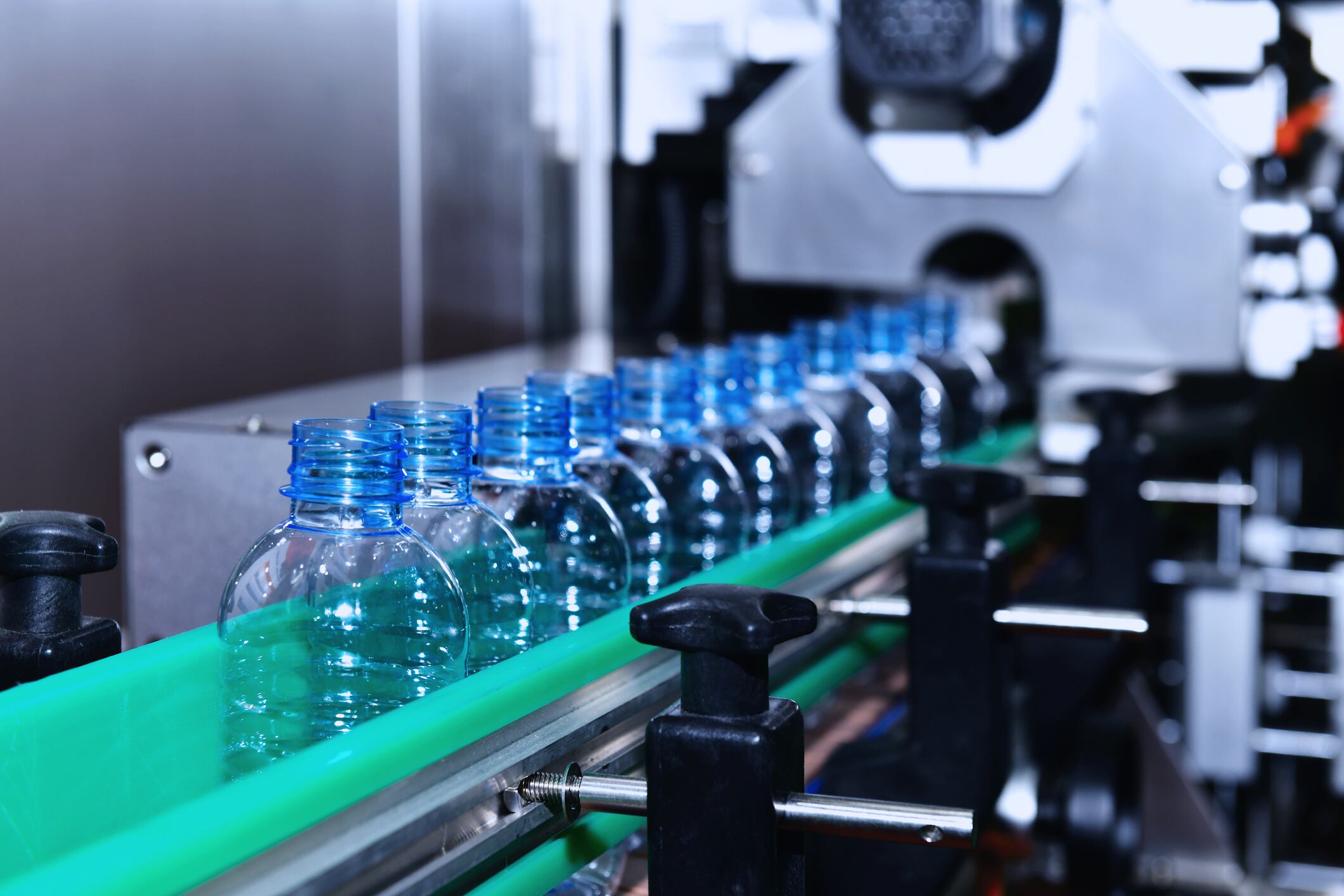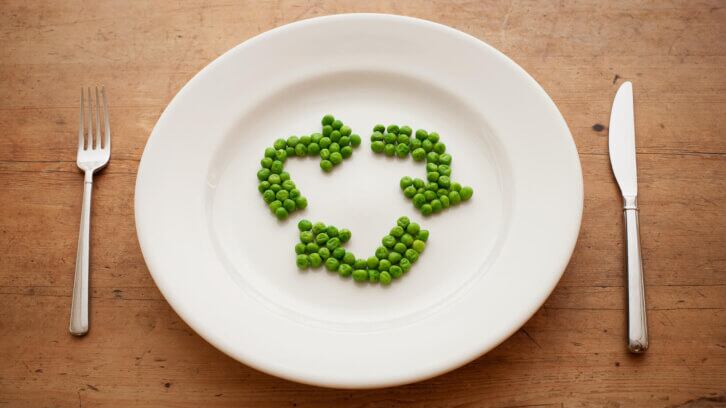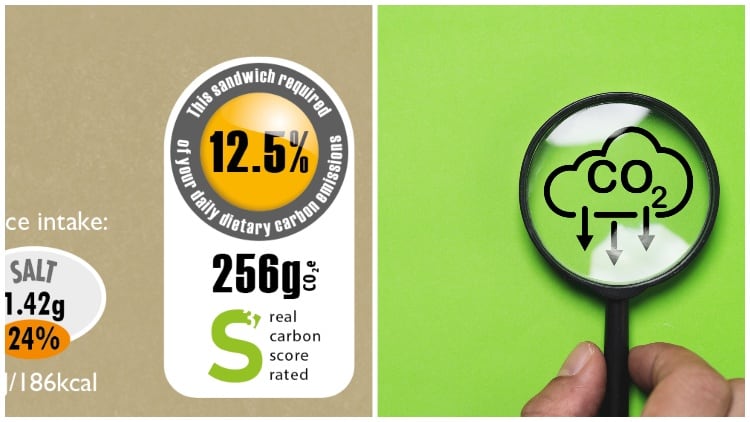The EU institutions are negotiating the final text of the much-awaited packaging and packaging waste regulation. The proposal, one of the most debated within the set of EU sustainability measures announced over the past five years, is expected to be agreed upon in the first few months of 2024, bringing a whole new set of requirements and standards for the industry. This is what companies need to know.
From directive to regulation
The revision of the current Packaging and Packaging Waste Directive was one of the key measures announced as part of the Farm to Fork Strategy in 2020. The initial proposal, presented by the Commission in November 2022, turns the Directive into a regulation. This makes it directly applicable and leaving less room for EU countries to decide on how to implement its provisions. It also includes new requirements and a set of ambitious recycling and reuse targets aimed at reducing single use packing and preventing the generation of packaging waste.
Reuse vs recycling
This has been, by far, one of the most debated and lobbied EU dossiers in recent memory. Fast food chains, the takeaway sector, and packing associations undertook ambitions campaigns to water down the requirements set in the original Commission proposal, warning about the unfeasibility of some of the targets and measures, and their potential implications for food safety.
What is the Packaging and Packaging Waste Directive?
Between 2009 and 2020, the total mass of packaging waste generated in the EU rose by 20%.
The Packaging and Packaging Waste Directive (PPWD– Directive 94/62/EC) sets measures to prevent the production of packaging waste and help encourage recycling, reuse and recovery (of waste).
The directive also set targets for EU Member States.
The overall idea behind it is to reduce the packaging waste and promote a more circular economy.
Environmental groups, meanwhile, warned against the risk of missing an opportunity to address the unsustainable amounts of packaging waste generated by the industry. A lobbying war ensued between those defending single use packaging that can be recycled, and those pushing for reusability targets (with conflicting data and studies thrown at each other).
Council’s and Parliament’s less ambitious positions
After this much heated debate, both the Parliament and the Council agreed on their negotiation positions. The Council’s position wants to allow EU countries some flexibility in the implementation of the regulation and this weakens some of the initial proposal’s requirements. For example, it includes a review clause to assess whether the re-use targets for 2030 have been effective in reaching their goals, which would inform the 2040 targets. It also deletes reusable packaging targets for wine bottles and cardboard; includes more exemptions to the list of banned packaging formats; and provides a new, less strict definition of recyclability grades.
Despite these changes, the Council’s approach is considered a less watered-down version of the Commission’s initial proposal than the European Parliament’s position. The Parliament’s approach significantly attenuates the original provisions by (among other areas) removing bans on single-use packaging for fresh fruit and vegetables; exempting the takeaway sector from reuse targets; and allowing EU countries to circumvent 2030 reusability targets for a specific packing type if 85% recyclability is achieved for that material.
What’s next?
Overall, the single-use/recycling campaign seems to have won the battle, but discussions are still ongoing. The EU institutions are negotiating the final text of the regulation, and Belgium, which currently holds the Presidency of the Council, aims to have a final text approved by the end of February.
It will be crucial for businesses to understand the final regulation and start making the necessary adjustments to their practices and products.




